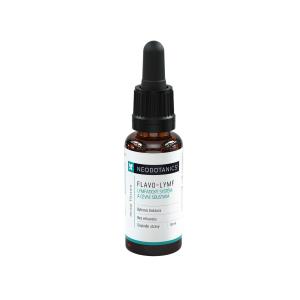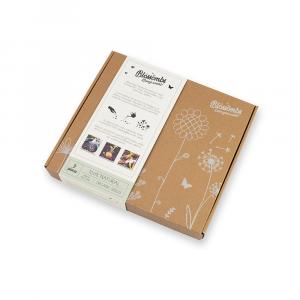Common yarrow (Tanacetum parthenium)
Other names: Pyrethrum parthenium, Chrysantem parthenium, Daisy daisy
Harm score: 1 (Natural substances)
The common yarrow (Tanacetum parthenium), also known as Pyrethrum parthenium, Chrysantem parthenium, or daisy yarrow, is a perennial herb belonging to the star family. It is native to southeastern Europe and has been distributed almost all over the world, including our territory. This plant reaches a height of up to a metre and a half, has feathery leaves and bright yellow flowers. It flowers from June to September and has a distinctive scent. The plant is not only aesthetically beneficial, but also makes a significant contribution to the field of medicine.
It is traditionally used in medicine, especially for its anti-inflammatory and calming effects. It is most commonly used in the form of a tea or tincture. Its components are part of some antirheumatic, anti-inflammatory, antimigraine and tranquilizing preparations. It is used by people suffering from migraine, rheumatism or arthritis. Although yarrow has a number of medicinal effects, its use during pregnancy should be avoided as it can cause uterine contractions. In addition to medicine, yarrow is also used in cosmetics. It contains substances that counteract skin ageing and promote skin regeneration. Its essential oil is also included in some perfumes for its characteristic scent.
Common yarrow (Tanacetum parthenium) can be found in the following products

Seed Bombs - Gift Box Bouquet (9 pcs) - the original gift of love
Product detail
Seed Bombs - Small gift for teachers - Bunny (2 pcs)
Product detail
Flavo-Lymf - tincture without alcohol (50 ml) - lymphatic system and vascular system
Product detail
Seed Bombs - Medium Gift Set (9 pcs) - original and practical gift in one
Product detail
Coconut shampoo 500ml BIO, VEG
Product detail